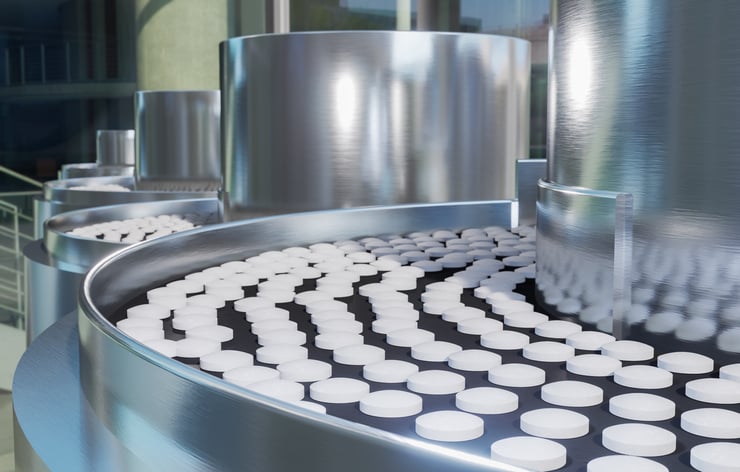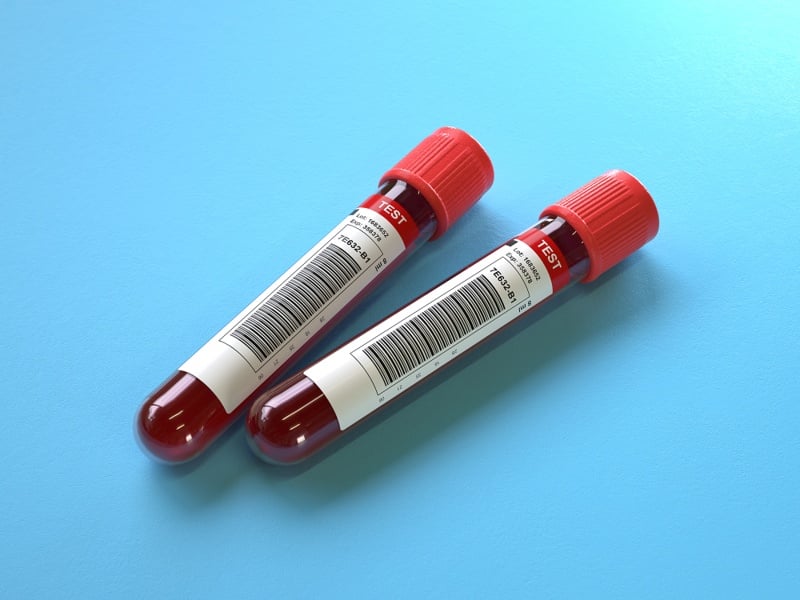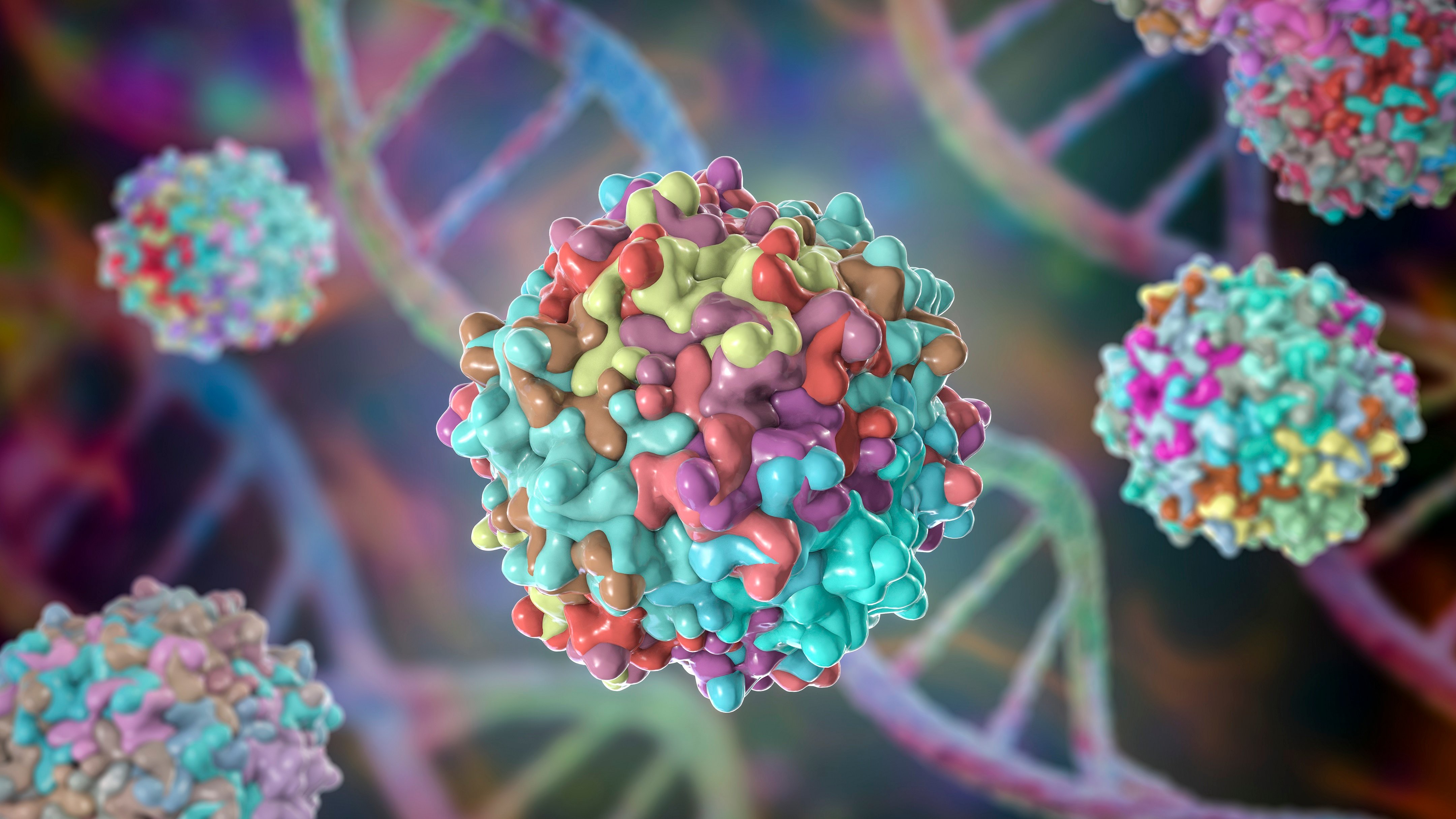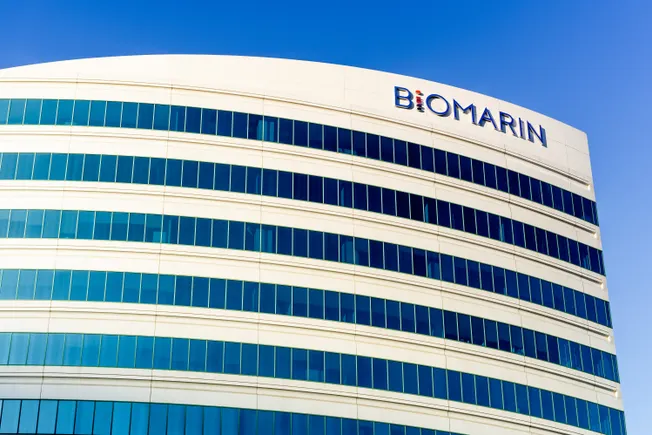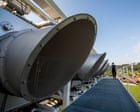Synthesis of Phosphorescent Carbon Dot Composite with Redshift Emission by Annealing Treatment for Bioimaging
Advanced Healthcare Materials, EarlyView.

This study developed a yellow-green RTP CDs composite (A-CDs@SiO2) with redshifted emission in aqueous environments. By preparing, characterizing, and applying A-CDs@SiO2, its chemical composition is comprehensively analyzed, including luminescence and redshift mechanisms. Furthermore, the advantages of A-CDs@SiO2 as a persistent luminescent probe for bioimaging are elucidated, providing insights into the exploration of RTP CDs for bioimaging applications.
Abstract
Room-temperature phosphorescent carbon dots (RTP CDs) are promising afterglow materials applied in bioimaging owing to their long-lived emission and biocompatibility. Achieving RTP CDs with long emission wavelengths in aqueous environments remains challenging because of the influence of surface and carbon core states of CDs on luminescence. Herein, thermally annealed solid CDs encapsulated with SiO2 are developed in this work to obtain yellow-green RTP CD composites (A-CDs@SiO2) with redshifted emission wavelengths. After thermal annealing, the carbonization degree of CDs increases, resulting in a redshift of their optimal phosphorescence emission wavelength from 500 to 525 nm, and the phosphorescence lifetime of CDs reaches 926.97 ms. Additionally, the optimal phosphorescence emission wavelength of A-CDs@SiO2 is 513 nm. SiO2 encapsulation restricted the movement of luminescent centers, thereby extending the phosphorescence lifetime of CDs in aqueous solution to 1263.40 ms. Biological imaging experiments confirmed that the obtained A-CDs@SiO2 exhibited significant phosphorescence signals in mice with a phosphorescence intensity of 1.490 × 105 p/(s cm2 sr), and the phosphorescence signals can still be collected after re-excitation within 1 h. Therefore, as a bioluminescent afterglow probe, A-CDs@SiO2 demonstrates great potential in bioimaging.
































































